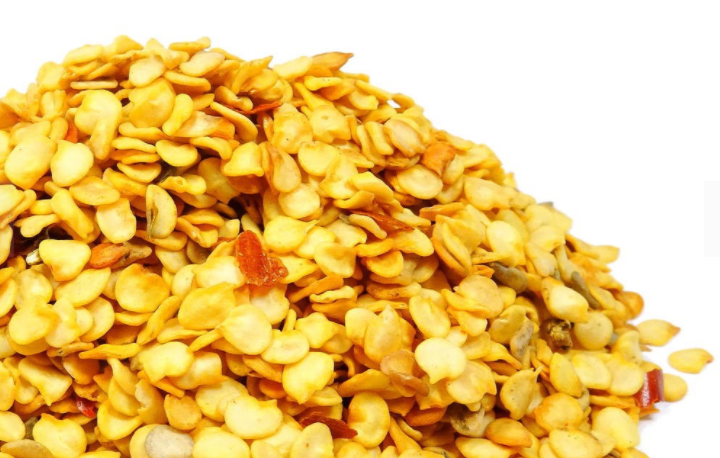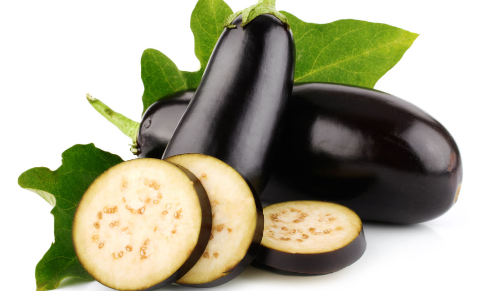
cucumber
Generally, seed plants can be selected according to the requirements of the same type of early and late ripening of cucumber. Early-maturing varieties should be selected as seed plants with low first female flower nodes, dense melon yards, short internodes, and robust growth. For mid- and late-maturing varieties, select seed plants with strong growth, strong disease resistance, the first female flower's node position and melon yard density in line with the characteristics of the selected breeding variety, and mark them, and each plant can leave one or two. The conditions for selecting the seed melon should be upright, long, straight, uniform in thickness from top to bottom, and the skin color and fruit thorns meet the characteristics of the selected variety. Mid- and late-maturing varieties can also choose waist melons for seeding, and mark them, and remove the rest of the melons from the seed plants in time. When the skin of cucumber seeds turns yellow-brown with small cracks, it is the best time to harvest in time. The harvested cucumbers should be stacked in a shaded place protected from rain, so that they will be ripe for seven or eight days. When the cucumber skins are all orange, the seeds can be washed. After the seeds are dry in the shade, they can be put in a cloth bag and stored in a low-temperature and dry place.

It can be used as a seed plant during the growth period with short internodes, strong stems, wide leaves, and round and green heart leaves. Then select the seed plants that are compact and upright, with bent stalks, drooping fruits, early maturity, no pests, thick flesh, color with typical traits of the selected variety, more fruits, and consistent upper and lower fruits. Three or four fruits are reserved for each plant, and the remaining fruits should be removed. When the fruit skin becomes red and soft, harvest it in time. The harvested fruits can be stringed together with a string, hung in a ventilated place, after ripening for eight or nine days, then the fruit is broken and the seeds are taken, and the seeds are dried in the shade, and then put in a cloth bag for storage in a cool and dry place.

eggplant
The first is to carry out seedling selection, plant selection and fruit selection in the harvest field. Choose plants that grow vigorously and are free of diseases and insect pests, and the main characteristics of typical plants that meet the characteristics of this variety are used as seed plants. Generally mid-to-late maturity varieties, each plant chooses 2 pairs of eggplants as seed eggplants. For early-maturing varieties, each plant can also choose two paired eggplants and one or two "simple fruit" as seed eggplants. The rest of the eggplants should be harvested early to speed up the growth of seed eggplants and mature early. The suitable period for harvesting seed eggplants is when the seed eggplants are yellowish brown or golden yellow, and they can be harvested when they are soft by hand. The harvested eggplants need to be placed in a cool place and stacked together; the seeds will be collected after about 7 days of maturity. After the seeds are dried in the shade, put them in a cloth bag and store them in a cool and dry place.
Copyright © Henan Zhongxing Grain And Oil Machinery Co.,Ltd. All Rights Reserved. Powered by MetInfo